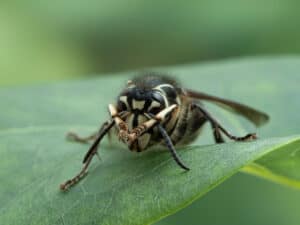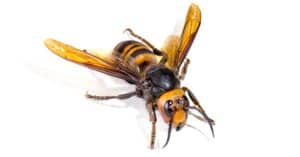Nothing ruins summer in your garden quite like a wasp’s nest. Regardless of how positive you feel about our insect friends, they do have a tendency to make picnics and BBQs very stressful. Most of us can tolerate the odd wasp or two but an entire nest is another matter. Yet, using powerful insecticides can be risky for us, wildlife, and the environment. So, here we explore some ways to get rid of wasp nests naturally. However, there are some important safety precautions listed here that you need to be aware of.
Identifying Common Yard/Garden Wasps
‘Wasps’ is a common name for a large group of insects. They are in the Hymenoptera order and there are over 70,000 species! Some are solitary but others live in colonies of up to 10,000 individuals and these are the types that most people get concerned about. These are some of the species that you are most likely to see in your yard:
- Bald-faced hornets: Aggressive wasps who build grey paper nests on trees, overhangs, and shrubs at least three feet off the ground. Nests can be 24 inches long with a diameter of 14 inches.
- European hornets: Not typically aggressive but can sting repeatedly. They build nests from a pulp-like material with one entry hole. Nests are usually (but not always) in dark locations.
- Mud dauber wasps: Not typically aggressive but can sting repeatedly. Their nests are small and made out of tubes out of mud. You are most likely to find them on rough-surfaced buildings – under eaves or in garages and sheds.
- Paper wasps: Not typically aggressive but can sting repeatedly. Nests are fairly small and only contain fewer than 100 wasps. They are water-resistant and made of grey or brown paper mache-like material. Look for them on porch ceilings, under eaves, and in attic rafters.
- Yellow jackets: Aggressive wasps who sting repeatedly. Their nests are usually in the ground but you may also find them in hollowed-out trees, under eaves or in attics. They can also nest in wall voids. The nests consist of layers of comb and can contain over 1,000 workers.
If you are not sure which type of wasp you have nesting in your yard or garden, call in professional help. Some bees also build nests and you should avoid disturbing these if you can.
Staying Safe When Getting Rid Of Wasp Nests Naturally
In general, nests in walls or underground are harder to remove and will probably require professional help. Also, if you have an aggressive wasp (such as yellow jackets) nesting in or near your home, you should see professional advice as they are potentially dangerous.
With all of the methods listed below, you the run risk of angering the bees and getting stung so there are some important safety caveats. They should not be carried out by anyone with an allergy to wasp stings. You should wear full protective gear – covering as much of your skin and face as possible. Also, you should be physically agile enough to get away should they head towards you. Always keep children and other pets indoors when you are attempting any of these methods.
Drowning
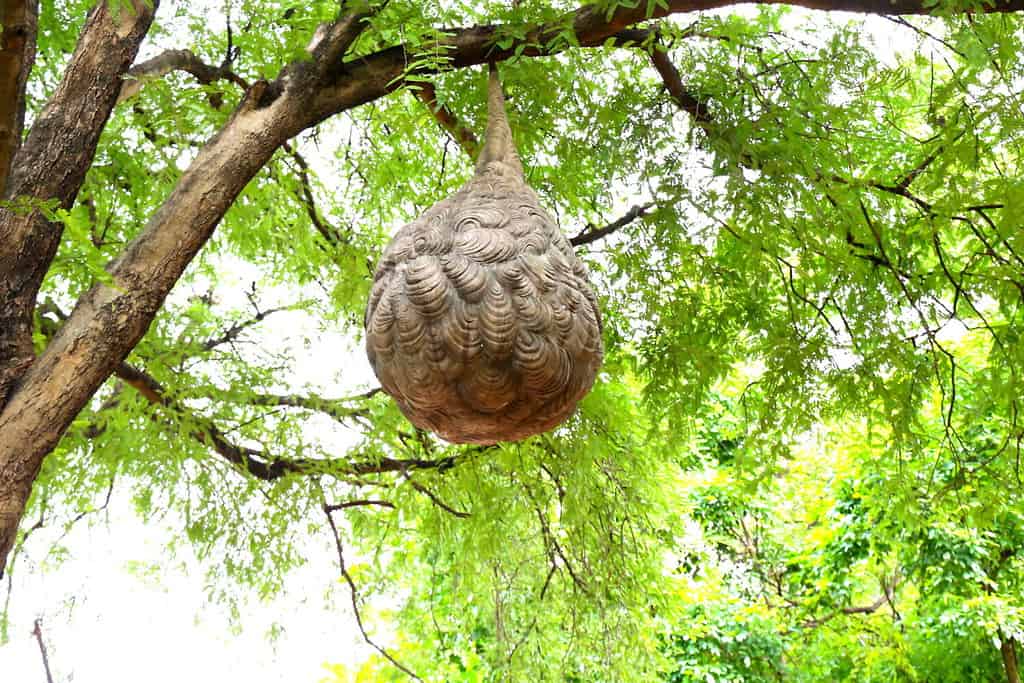
Wasp’s nests can be drown in water.
©Asjan/Shutterstock.com
Wasps cannot breathe under water so drowning is a useful and natural way to kill the wasps in the nest. Taking the necessary safety precautions, place a cloth bag around the nest. Tie it off at the top quickly whilst releasing it from where it is fixed. You now have a nest (and lots of angry wasps) inside a bag which makes it easier to handle. Drop the bag into a pail of water and weight it down with a stone. The advantage of this method is that you need very little equipment. However, you do need to be able to reach the nest and act quickly so that the wasps do not have time to react.
Kill Them With Soap
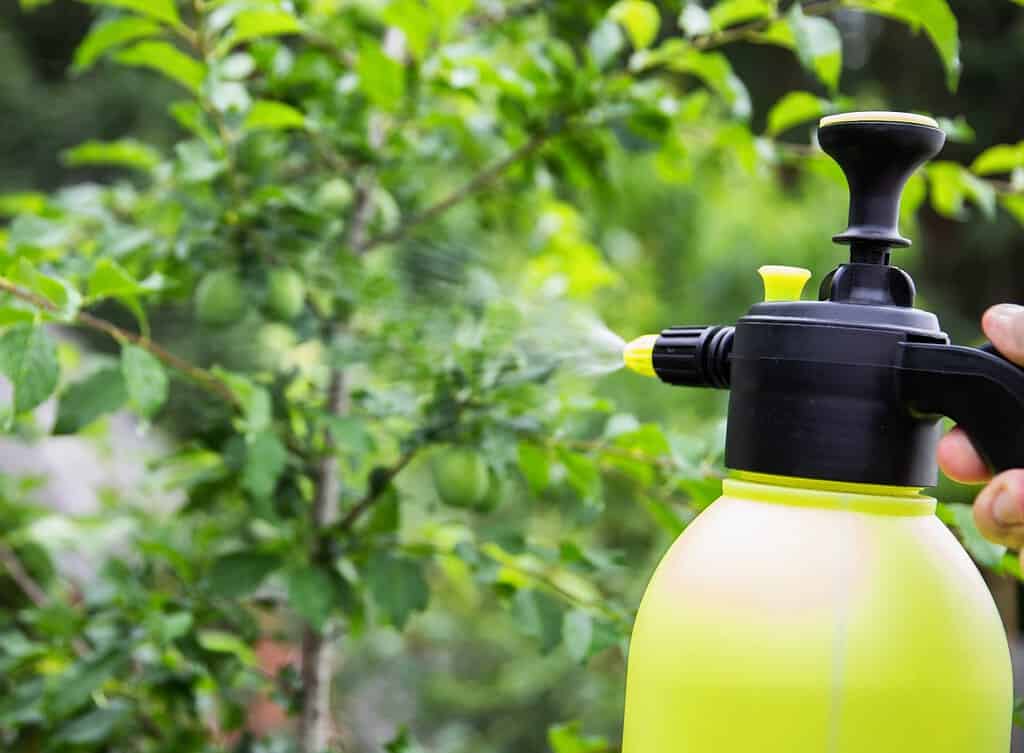
Sprayers can be used to coat wasps in soap.
©HenadziPechan/Shutterstock.com
For this method you need some dishwashing liquid and a hose-end sprayer. Blast the nest with your soapy mixture from as far away as possible. It’s best to do this in the evening because this is when the wasps have come back to the nest. Dishwashing soap causes wasps all sorts of problems. It coats their wings so they cannot fly and fall to the ground. Wasps breathe through openings in their thorax and abdomen called spiracles and the soap blocks these so they suffocate.
Vinegar

©focal point/Shutterstock.com
There is a lot of debate about whether this natural method for removing wasp’s nests works or not. Some people suggest putting a 50/50 mixture of water and vinegar in a spray bottle and spraying the nest. The theory is that vinegar enters their breathing tubes and irritates their organs. The downside is that this will annoy them and could drive them towards you. Many of them could sting you before they die.
Selective Planting
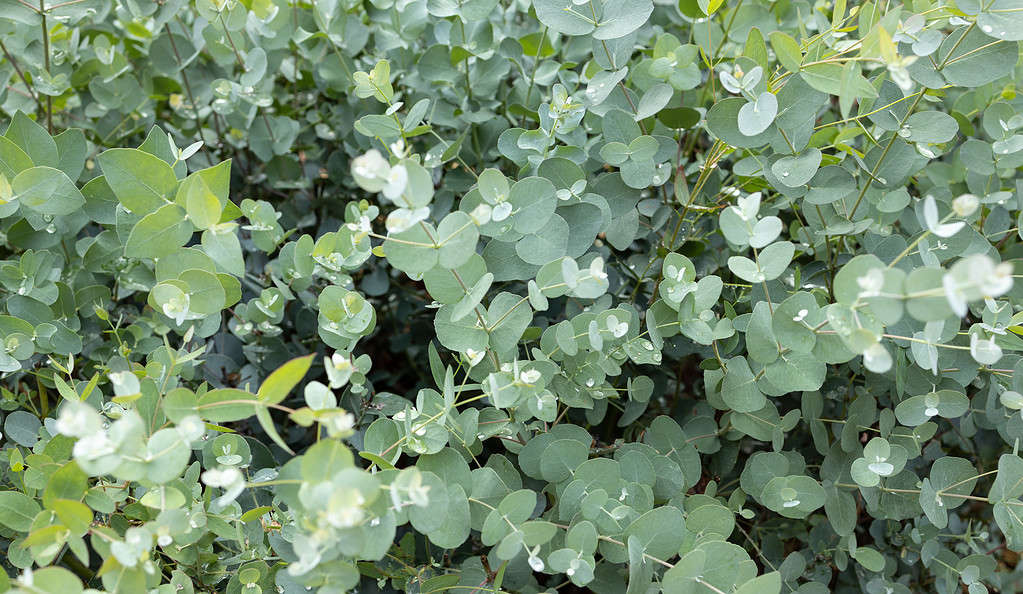
Eucalyptus is thought to repel wasps.
©Andres Victorero/ via Getty Images
You may be able to stop the wasps from setting up home in the first place by making your garden or yard an unpleasant place for them to be. Wasps hate plants such as garlic, citronella, thyme, or eucalyptus. The main advantage of this method is that even if it does not work for you, you will have some wonderful plants to smell and look at.
Peppermint Spray
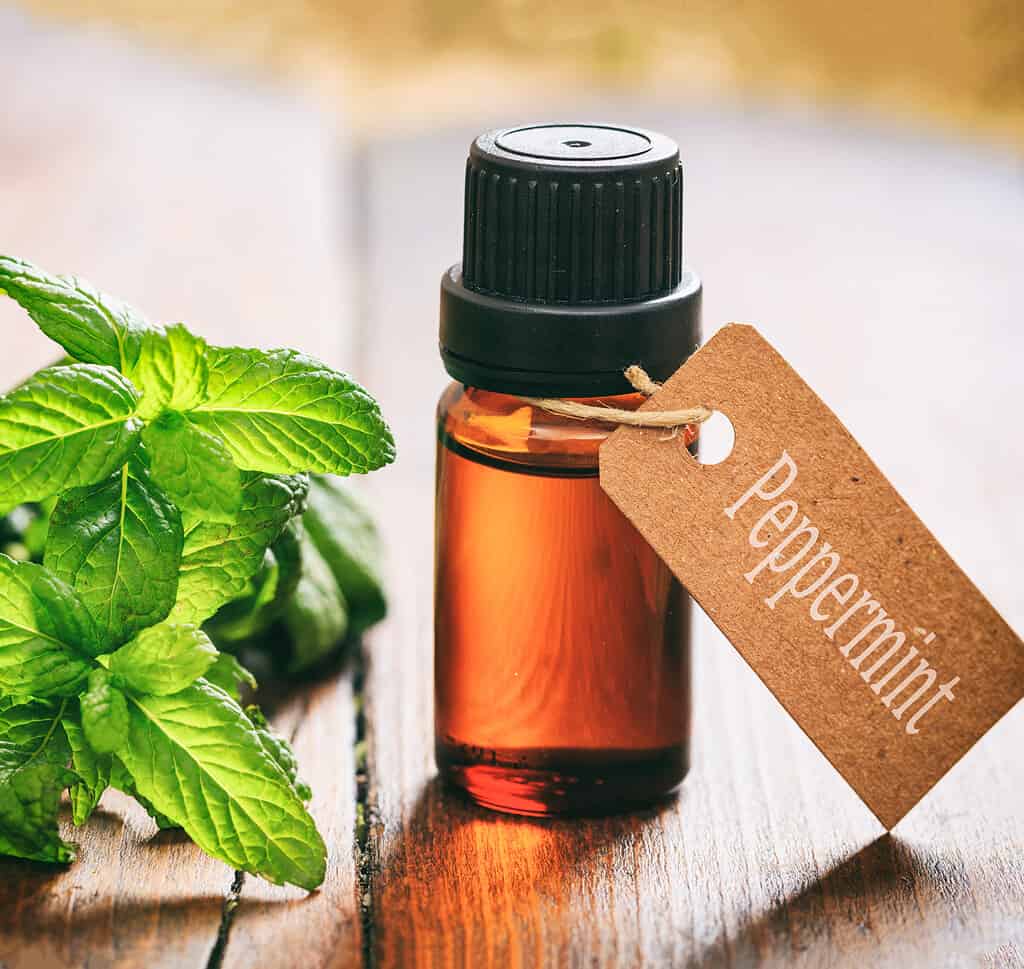
Wasps to not like peppermint.
©iStock.com/Rawf8
People have had mixed results with peppermint oil. It may not be effective on an established nest. However, wasps tend to return to the same spot every year so spraying the area with peppermint oil may prevent them from returning. The advantage of this method is that it is cheap – it is also easy. All you have to do is mix a few drops of peppermint oil in a spray bottle and spray in the area where wasps nest.
The photo featured at the top of this post is © iStock.com/SKatzenberger
Thank you for reading! Have some feedback for us? Contact the AZ Animals editorial team.




